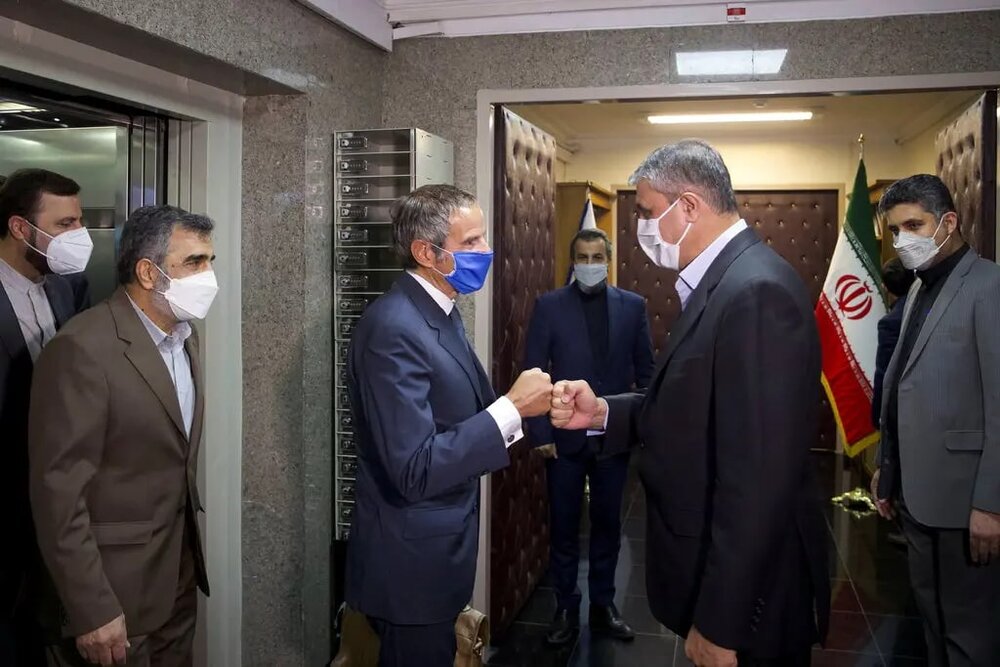This autumn will be a momentous time for China – in the XX National Congress of the Chinese Communist Party the delegates will confirm China’s strategy and development priorities, and elect the country’s leader for the next five years. It is likely that Xi Jinping, the current head of the Party, will be reelected for a third term, as the rule limiting a General Secretary to serving a maximum of two consecutive terms was abolished back in 2018. Xi Jinping has already served almost ten years as head of the Chinese Communist Party, during which time he has consistently focused on strengthening China’s national sovereignty in the political arena, as well as in the fields of economics and trade, defense and the sciences. This policy has certainly served to strengthen his personal authority within China, but it has also raised Washington’s ire, and the latter is now determined to find some way of removing him from power.
Many members of Joe Biden’s administration have openly voiced their opposition to Xi Jinping’s policies. To cite just one instance, in May this year US Secretary of State Antony Blinken described China as “the most serious long-term challenge to the international order” and to the “future that Americans and people around the world seek.” The only answer, he added is an approach of “integrated deterrence” and of “investing in our strength.”
At the beginning of this year the 90-year old Georg Soros, who has earned himself an unenviable reputation as a sponsor of “color revolutions,” launched barely disguised calls for a change of regime in Beijing, calling Xi Jinping the “main threat to the liberal world order.”
As their main target in their bid to organize a “color revolution” in China, Mr. Soros and his various NGOs and other social organizations chose to focus on the country’s young political high-flyers, in the hope that they will be able to function as an effective opposition to China’s Party veterans and military. Aware that this section of Chinese society has a great deal of influence over the national economy and financial sector, Mr. Soros was calculating that Washington would only need to give the word for them to provoke a social crisis in China, thus pushing hundreds of millions of Chinese over the poverty line.
By means of his Foundation, Mr. Soros therefore attempted to follow the formula used to organize “color revolutions” elsewhere: working with young politically active Chinese, selecting the most “promising” candidates for internships in the US and Europe, where they could be trained to serve the interests of the US political establishment.
The former US diplomat Roger Garside published a book, China Coup: The Great Leap to Freedom, where he described how the Chinese leader might be toppled in a rebellion by political rivals – ideas which were also discussed in an article by Robert Wihtol, published on September 21, 2021, on the website of the Australian Strategic Policy Institute, the Strategist. Roger Garside described a scenario in which China’s President is forced to retire following a “color revolution” in the run up to the 20th National Congress of the Chinese Communist Party this autumn. In this scenario, the trigger for this “palace coup” is the threat of a trade war with the US, which would damage China’s economy, after which Washington would expect to see a change in power and the beginning of political reforms in China.
But the ageing “gray eminence,” along with the current US president, who is only slightly younger, has clearly overlooked the fact that over the last five years Xi Jinping has set up a number of systems to counter foreign influence, including a strengthened command hierarchy within the Chinese Communist Party, as well as anti-corruption campaigns. As a result, the sabotage campaign failed to go as planned, and Washington changed tack and embarked on a new anti-Chinese policy, this time focused on the “Taiwan problem.”
Washington’s choice of Taiwan as the focal point of its attack on China is no coincidence. Its previous attacks, focused on the situation in Xinjiang, had failed. This became especially evident this spring, when Michelle Bachelet, the United Nations High Commissioner for Human Rights, returned from her visit to the Xinjiang Uygur Autonomous Region and confirmed that the situation there appeared normal. Moslem communities around the world united in resisting the attempt to use the situation in the region as a weapon against China.
Washington’s attempts in Summer 2019 to organize demonstrations against Xi Jinping in Hong Kong were no more successful. As yet the US’s hopes to undermine China by playing the Hong Kong card have met with disappointment. The US’s plans to recognize Hong Kong as an independent state and establish separate trading relations with it, thus cutting out China, were foiled, and the White House’s “experts” were then inspired to make use of Taiwan in their attacks on mainland China.
Hoping that China would want to avoid a direct confrontation with the US, including possible conflict with US forces across the Taiwan Strait, on August 2 Joe Biden sent Nancy Pelosi, leader of the Democratic Party in the House of Congress, on a trip to Taiwan. His goal was not just to undermine Xi Jinping, but to seduce US voters with the promise of a “short victorious war,” and hopefully boost his performance in the upcoming midterm elections. Washington is also well aware that at the moment, shortly before the 20th National Congress of the Chinese Communist Party, stability – whether in the social, economic or foreign policy spheres – is of paramount concern to China.
After making the first move in its Taiwanese gambit, the US followed up its “success” with further political missions to the island. On August 14, a delegation from the US Congress, headed by Senator Ed Markey, supported by four other senators, arrived in Taiwan for a two week visit. Then Eric Holcomb, Republican Governor of Indiana, and, shortly afterwards, Marsha Blackburn, Senator from Tennessee, both visited the island.
In a show of loyalty to the US, Lithuania, ready to support any Washington-led project, sent a delegation headed by Deputy Transportation Minister Agne Vaiciukevičiūtė on a five-day trip to the island. Japan followed suit, sending a delegation headed by Shigeru Ishiba, a former Defense Minister and respected statesman, on a four-day trip to Taiwan. Shortly afterwards another Japanese lawmaker, Keiji Furuya, also traveled to the island.
By organizing a series of visits by politicians loyal to the White House, Washington is clearly trying to push Taipei into making an official declaration of independence, and hoping that China’s restrained response to these provocations will be seen as a blow to the authority both of its ruling party and of Xi Jinping himself.
While the above events have been unfolding both the US and China have been mounting displays of military might in the waters around Taiwan – although they are well aware of the potentially disastrous consequences for both countries, and for the rest of the world, of such saber-rattling by leading nuclear powers.
With the situation as it is, it’s most likely that the US will continue with its provocations, in the hope that China will miscalculate and find itself drawn into a conflict. But Beijing is well aware of Washington’s cynical plans. Xi Jinping made this clear in a recent seminar, in which he called on party officials to be vigilant in relation to the standoff with the US: “National rejuvenation will be no walk in the park, and it will take more than drum beating and gong clanging to get there.”
Valery Kulikov, political expert, exclusively for the online magazine “New Eastern Outlook”.










